Dental malocclusion, often referred to simply as malocclusion, is a condition affecting tooth alignment and the way upper and lower teeth fit together. It’s a common issue impacting both children and adults, potentially leading to various complications if not treated.
Understanding Dental Malocclusion:
Malocclusion can manifest in various forms, including crowded teeth, overbite, underbite, crossbite, and open bite. Each type presents unique challenges, stemming from misalignment when jaws close. This misalignment may result from genetics, poor oral habits, or jaw-tooth size mismatch.
Types of Dental Malocclusion:
Crowded Teeth:
Insufficient jaw space leads to overlapping or rotated teeth, complicating oral hygiene and increasing decay and gum disease risks.
Overbite:
Excessive overlap of upper front teeth over lower ones can affect jaw and facial structure, speech, and chewing.
Underbite:
Lower front teeth protrude beyond upper ones, impacting facial aesthetics, speech, and potentially causing jaw joint issues.
Crossbite:
Some upper teeth sit inside lower ones instead of outside during jaw closure, causing uneven wear, jaw pain, and chewing difficulty.
Open Bite:
Upper and lower front teeth don’t touch when back teeth clench, affecting speech, biting, chewing, and possibly causing temporomandibular joint (TMJ) issues.
Causes of Dental Malocclusion:
Genetics:
Family history significantly influences malocclusion development.
Thumb Sucking and Pacifier Use:
Extended habits after age 3 can contribute to malocclusion.
Poor Oral Habits:
Mouth breathing, tongue thrusting, and other habits affect tooth alignment.
Early Primary Teeth Loss:
Premature loss disrupts permanent tooth alignment.
Injuries or Trauma:
Facial or jaw injuries can cause malocclusion.
Effects of Dental Malocclusion:
Dental Health Issues:
Increase in decay, gum disease, and hygiene challenges.
Speech Impairments:
Certain malocclusions lead to speech difficulties.
Jaw Pain:
Misalignment strains TMJ, causing pain and discomfort.
Aesthetic Concerns:
Smile appearance and facial symmetry may be affected.
Chewing Issues:
Difficulty chewing can lead to digestive problems.
Diagnosis and Treatment:
Clinical Examination:
Dentists assess tooth alignment, jaw relationship, and bite.
Dental X-rays:
Provide detailed views for identifying issues.
Impressions or Digital Scans:
Create models for treatment planning.
Treatment Options:
Orthodontic Treatment:
Braces or aligners gradually correct alignment.
Tooth Extractions:
Space creation for alignment in severe crowding.
Surgery:
Complex cases may need surgical intervention.
Behavioral Intervention:
Breaking habits like thumb sucking.
Early Intervention:
Guiding jaw development in children.
Prevention and Maintenance:
Regular Dental Check-ups:
Early detection of malocclusion.
Oral Habits:
Discourage thumb sucking, pacifier use.
Orthodontic Consultations:
Early intervention for children.
Maintain Good Oral Hygiene:
Prevent dental issues worsening malocclusion.
Protective Gear in Sports:
Mouth guards prevent facial injuries.
Conclusion:
Dental malocclusion, a common issue, impacts oral health, aesthetics, and well-being. Early detection and intervention are crucial for effective treatment. Whether through orthodontics, behavioral changes, or surgery, the aim is a healthy, functional, and attractive smile. Regular dental care, oral habit awareness, and professional guidance are key for optimal oral health and malocclusion prevention.
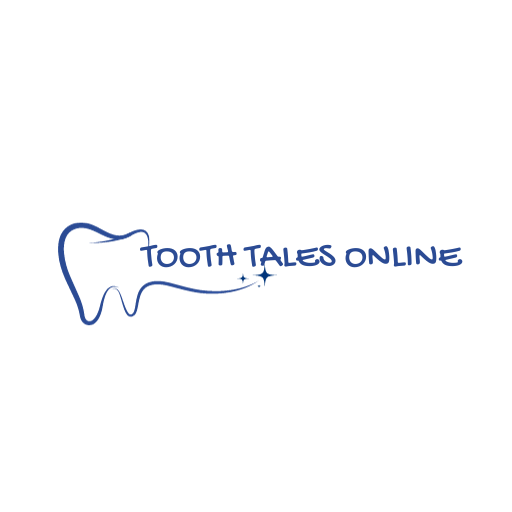
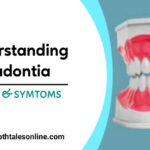
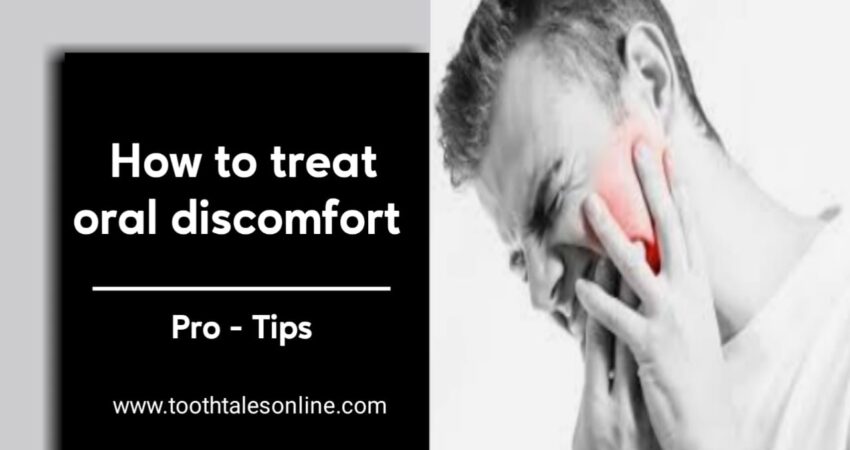
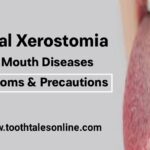

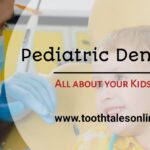
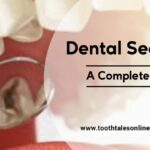
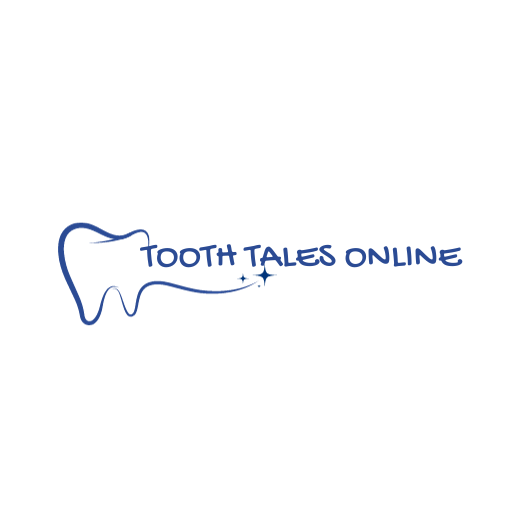
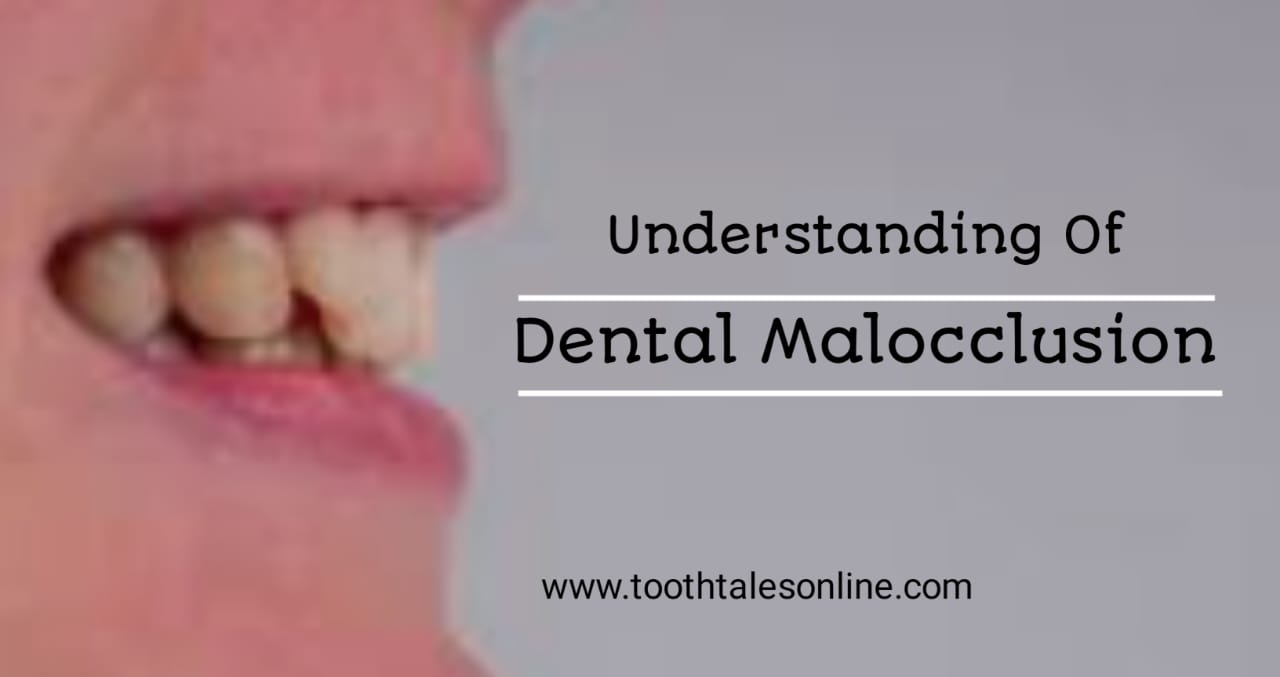
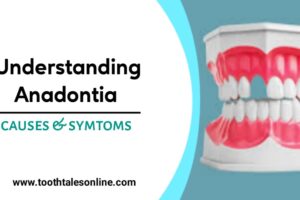
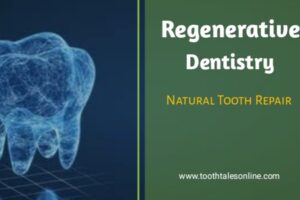
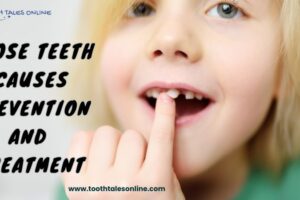










Add Comment